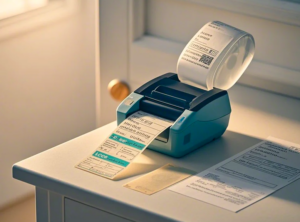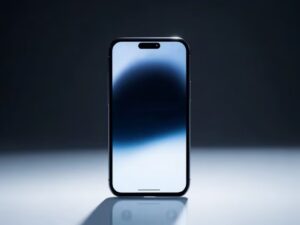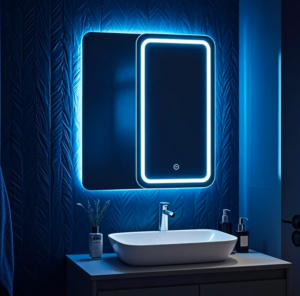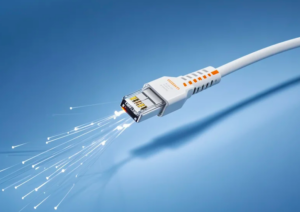Table of Contents
TogglePCB board manufacturing steps
- First: PCB film generation
All copper and solder mask films are made of photo-exposed polyester film. We generate and create accurate 1:1 film representations from your design files. When submitting Gerber files, each Gerber file represents one layer of the PCB board.
- Second: PCB chooses Raw material
Industry-standard 1.6mm thick FR-4 laminated copper clad on both sides. The size of the panel will fit multiple circuit boards.
- Third: PCB drilling
The holes needed to create the PCB design come from the files you submit, using NC drills and carbide drills.
- Fourth: PCB electrodes copper plating
To establish electrical connections between different layers of the PCB, a thin copper layer is chemically deposited into the vias. Subsequently, this copper layer undergoes a process of electrolytic copper plating to enhance its thickness (step 6).
- Fifth: PCB application of photoresist and image
To transfer the PCB design from the electronic CAD data to the physical circuit board, we first apply a photosensitive photoresist to the panel to cover the entire circuit board area. Then the copper layer film image (step 1) is placed on the board, and the high-intensity UV light source exposes the uncovered part of the photoresist. Then we chemically develop the circuit board (remove the unexposed photoresist from the panel), forming pads and traces.
- Sixth: PCB pattern board
This step is an electrochemical process that establishes copper thickness in the holes and on the surface of the PCB. Once the copper thickness is formed in the circuit and the hole, we will plate an additional layer of tin on the exposed surface. This tin will protect the copper plating during the etching process (step 7) and will then be removed.
- Seventh: PCB strip & PCB etching
This process is carried out in multiple steps. The first is the chemical removal (stripping) of the photoresist from the panel. Chemical methods are then used to remove the etched or exposed copper from the PCB panel. The tin applied in step 6 protects the required copper circuits from being etched. At this point, the basic circuit of the PCB is defined. Finally, the tin protection layer is chemically removed (stripped) to expose the copper circuit.
- Eighth: PCB solder mask
Following this, we apply a liquid solder mask over the entire panel. Using a thin film and high-intensity UV light (similar to step 5), we expose the areas of the PCB that are intended for soldering. The main function of the solder mask is to protect most copper circuits from oxidation, damage, and corrosion, and to keep the circuits isolated during the assembly process.
- Ninth: PCB legend (screen printing)
Afterward, we employ a printing process to transfer reference signs, logos, and other information from the electronic file onto the panel. While akin to inkjet printing, this method is tailored for PCB design.
- Tenth: PCB surface treatment
In the concluding step, a surface finish is applied to the panel. This surface treatment, which can involve tin/lead solder or immersion silver and gold plating, serves to shield the copper (solder-able surface) from oxidation and facilitates soldering to the designated PCB position as a component.
- Eleventh: PCB manufacturing
Last, but not least, we use NC equipment to route the perimeter of the PCB from the larger panel.
Conclusion:
This is a single-sided PCB and double-sided PCB circuit board manufacturing process, and the manufacturing of multi-layer PCB boards will be more complicated. This is because press lamination is done.
After 11 PCB manufacturing steps, we will perform a 100% electronic test on your PCB board.
0




